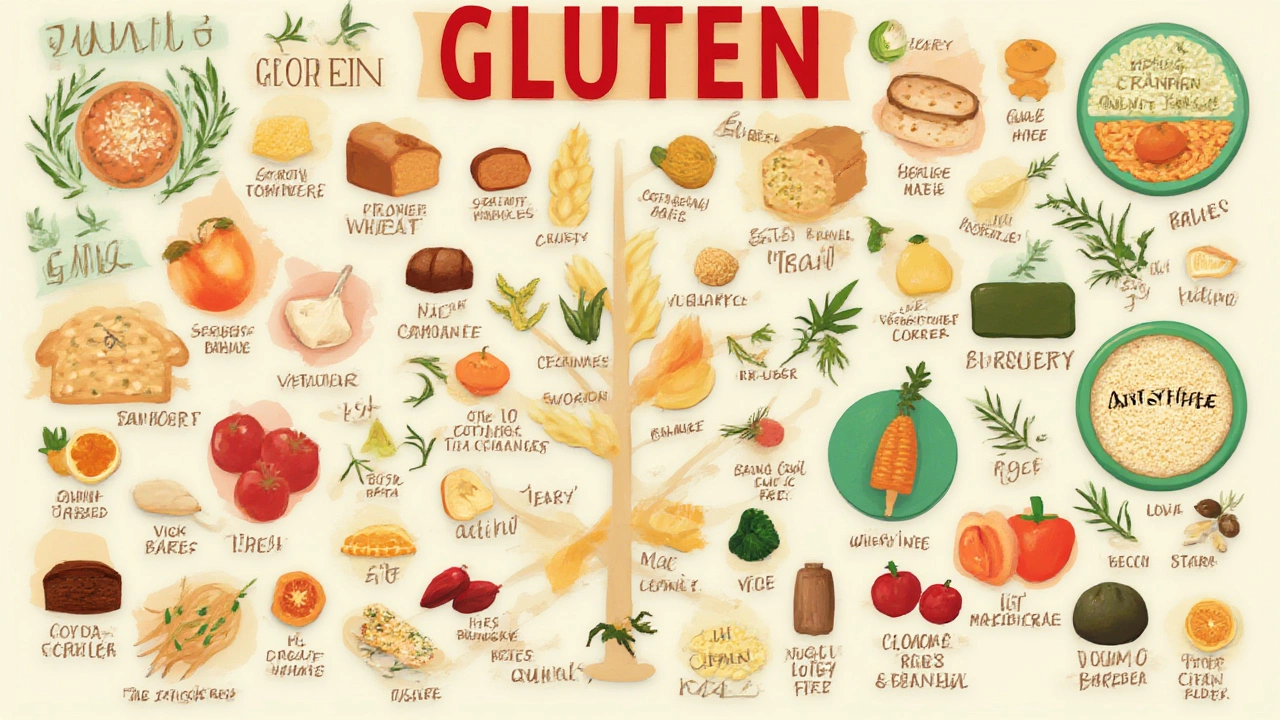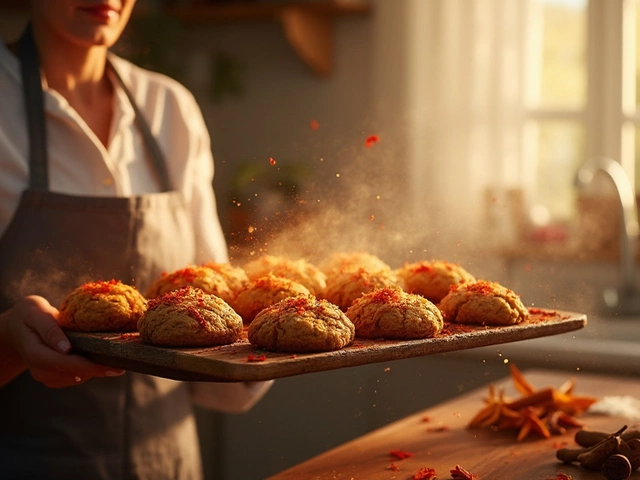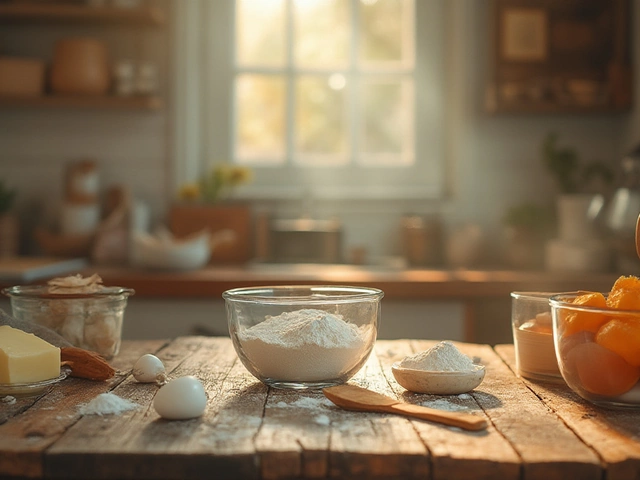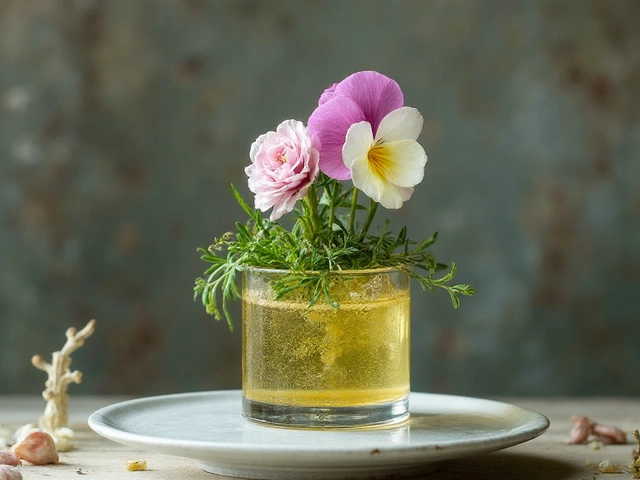High Gluten Grains: The Basics, Benefits, and Simple Tips
If you love bread that’s chewy, crispy, and holds its shape, you’re probably dealing with high gluten grains. These grains have a lot of protein, which turns into gluten when you mix flour with water. The stronger the gluten network, the better the dough can trap air and rise.
Common high gluten grains include hard wheat varieties like bread wheat, durum wheat, and some types of spelt. Barley can also be high in gluten, but it’s usually mixed with other flours. Knowing which grain you’re using helps you plan recipes that need structure, like pizza crust, bagels, and artisan loaves.
Choosing the Right Grain for Your Recipe
When a recipe calls for "strong flour" or "bread flour," it’s talking about flour made from high gluten grains. If you grab all‑purpose flour instead, your loaf might be flat or crumbly. For pizza, use a mix of durum and bread wheat to get that perfect chew. For pastries that need a tender crumb, stick with lower‑gluten grains like cake flour.
If you’re experimenting, try swapping half of the all‑purpose flour with a high‑gluten flour. You’ll notice the dough becomes more elastic and easier to shape. Just remember to let the dough rest; gluten needs time to relax, especially in high‑gluten mixes.
Quick Tips for Working with High Gluten Grains
1. Measure by weight, not volume. A cup of high‑gluten flour can weigh more than a cup of low‑gluten flour, which changes the dough’s hydration.
2. Mix, then rest. Give the dough a short rest after mixing. This prevents over‑working the gluten and makes shaping smoother.
3. Hydrate properly. High‑gluten flours absorb more water. Start with the recipe’s amount, then add a little extra if the dough feels dry.
4. Use a strong kneading technique. Knead until the dough passes the "windowpane test" – you can stretch a small piece thin enough to see light through without tearing.
5. Mind the oven. High‑gluten breads benefit from a hot, steamy start. Throw a pan of water into the oven for the first 10 minutes to get a great crust.
High gluten grains aren’t just for bread. They work well in pasta dough, where the firmness helps the noodles hold shape when boiled. Durum wheat is the classic choice for authentic Italian pasta because its gluten gives that satisfying bite.
In cakes, you usually want less gluten, but a small portion of high‑gluten flour can add structure without making the crumb tough. Think of a chocolate cake where a quarter of the flour is bread flour – you get a nice rise and a soft crumb.
So next time you’re looking at the pantry and see a bag of "bread flour," remember it’s a high gluten grain ready to turn ordinary dough into something extra. Play with ratios, give the dough time to rest, and you’ll see how much difference gluten can make.
Whether you’re baking a crusty loaf, a chewy pizza base, or homemade pasta, high gluten grains are the secret weapon for texture and rise. Keep these tips handy, experiment a little, and enjoy the results.

What Foods Are Highest in Gluten? Surprising Sources and Facts
Delve into what foods are truly high in gluten, which grains and products sneak it in, and learn real tips for navigating your diet, with facts and tables for easy understanding.
View More




